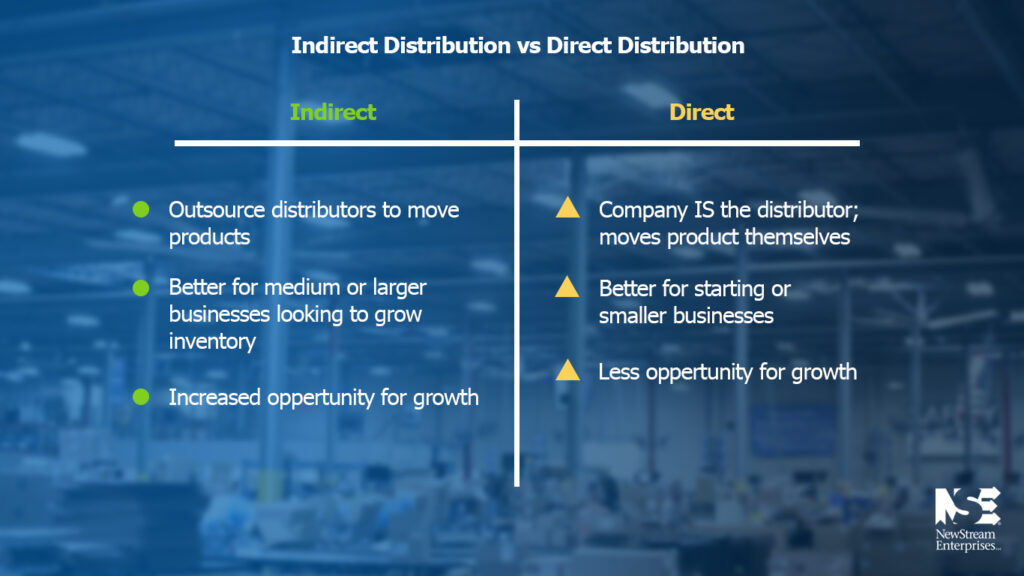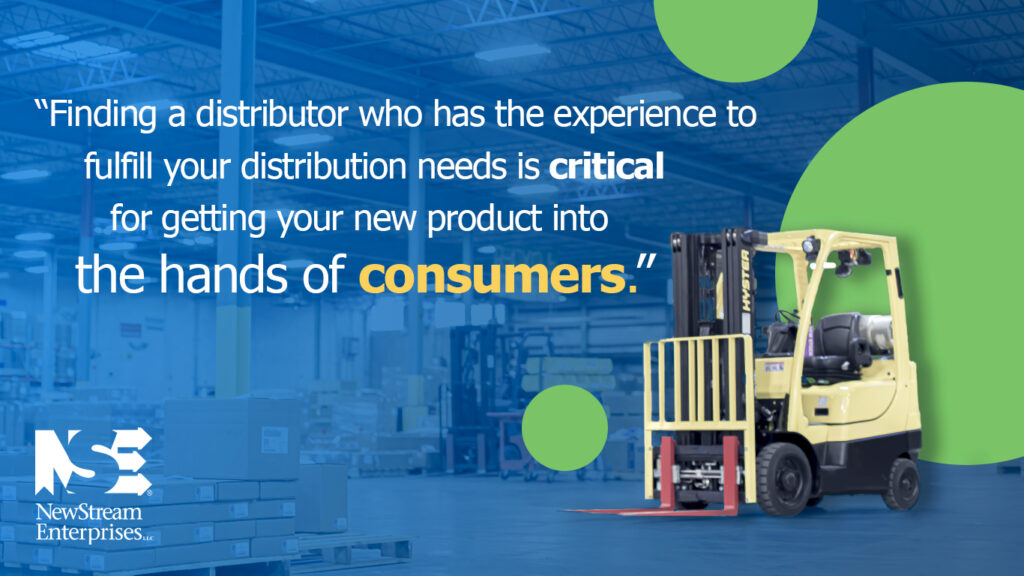Every day, some lucky person creates a new product that can change the world. However, many of these products go to the wayside, simply because the manufacturer could not effectively distribute this new product in the ever-changing global market. This can be due to a lack of resources or, more commonly, a lack of information on production and distribution. There are several different product distribution methods for various products because every company has highly specific long-term needs. With this in mind, here is some information on how to distribute YOUR new product in the market today.
Two types of Distribution
The type of distribution strategy your company needs will largely be dependent on the products being sold. The two main types of distributors are either classified as direct distributors of indirect distributors. Both direct and indirect product distribution strategies have commonalities, but different sized companies should use different methods for the distribution of consumer products into the market.
Direct Distribution
This type of distribution is singular; your company directly distributes products to the customer. This method uses direct communication from the manufacturer to the consumer to ship and deliver the ordered products right to their doorstep. Typically, this form of distribution can be good for budding businesses and for those smaller companies who mainly have a local consumer base. These companies who use direct distribution have to service all of the marketing and fulfillment for their products (including pricing, storing, packing, and shipping), including everything online. Cons for this method of distribution involve slower growth rates that may not allow for recouping of development costs (greater overhead and inbound marketing costs). However, benefits of this method include the ability to work directly with the customer, which allows for a greater ability to quickly refine products.
Indirect Distribution
Indirect distribution can be called the “middlemen” in the process. These distribution partners can include distributors, wholesalers, retailers, and brokers/agents. These outsourced companies buy (or have a share in) the products from the manufacturer and take them to the greater marketplace, leaving the manufacturer to keep making their product without having to fulfill orders or market their products. These product distribution services also provide product pricing, packing, and shipping for your business. Other elements in the indirect distribution process can also include logistics companies, sales teams or sales reps, tech support for websites and social media, and marketing companies. This method of distribution is beneficial for medium to larger sized businesses with room for lots of inventory growth, as a lot of businesses who outsource these services want to focus their efforts on building more units to sell. Indirect product distribution centers are also primarily suited for longer term relationships with clients, meaning they take a vested interest in the well-being of your company and want it to succeed.

Product Distribution Channels
Sometimes it is easy to forget who does what in the distribution process. In most cases, only businesses who use the indirect distribution method will use these outsourced channels. Here is a list of definitions to help you get on the right track on who to outsource to:
Manufacturers
- A company who takes raw goods and turns them into a finished product to sell in the world market.
Wholesalers
- Resells goods, large quantities, for manufacturers. Buys your products in bulk and sells them to other businesses. Only deal with distribution in terms of storage and delivery of goods.
Distributors
- A wholesaler who actively sells product. Performs tasks such as market analysis and promotion. Known for their relationships with their customers.
Retailers
- Outlets/stores where customers can buy products. Sales channels include brick-and-mortar stores and online shopping.
Brokers/Agents
- Make the way for the producer/manufacturer to sell their products to wholesalers and distributors. They also provide services in getting products to retailers. Deal with contracts, specialized shipments, and general customer relationships.
Three types of Indirect Distribution
The scope of indirect distribution includes is far reaching. Businesses, with their distribution partners, can distribute to many locations at once or only a few. With such a big portion of indirect distribution being broad in nature, we have broken it down into three different types:
- Intensive – as many locations as possible.
- Exclusive – partnering with a single retailer or manufacturer sells through own retail locations.
- Selective – limiting how many stores sell your products, only using a certain kind of retailer.
Determining which section your distributing for product should directly impact the amount of revenue generated due to hitting the right target markets. Without knowing how your product sells best or how to best position your product in the market, your product will receive no traction. Finding a distributor who has the experience to fulfill your distribution needs is critical for getting your new product into the hands of consumers.

Questions For Manufacturers Looking For Indirect Distributors
These questions will help you set up the right product distribution network for your products:
- What product category is your product in?
- What demographics are buying your products?
- Are you looking to significantly expand inventory within the next 5 years?
- Is your ideal market intensive, selective, or exclusive?
- How are you tracking your metrics?
- Are metrics being used effectively to reach target markets?
Marketing your new product can be hard and finding ways to bring it to consumers can be even more challenging. Especially for companies looking to grow within the next five years. Businesses need to remember that without the distribution side of their product line, no one will be able to buy that product, so making that longer-term investment will certainly be worth it in the end. It will keep you, the distribution network, and your customers happy for years to come.
We know that there can be a high level of complexity when establishing a distribution management solution, and we know that creating an optimized process order flow across multiple channels requires particular industry insights, all at your price points. NewStream Enterprises has the expertise in transportation, warehousing, and inventory management to optimize YOUR distribution network.
Contact our experts today!




